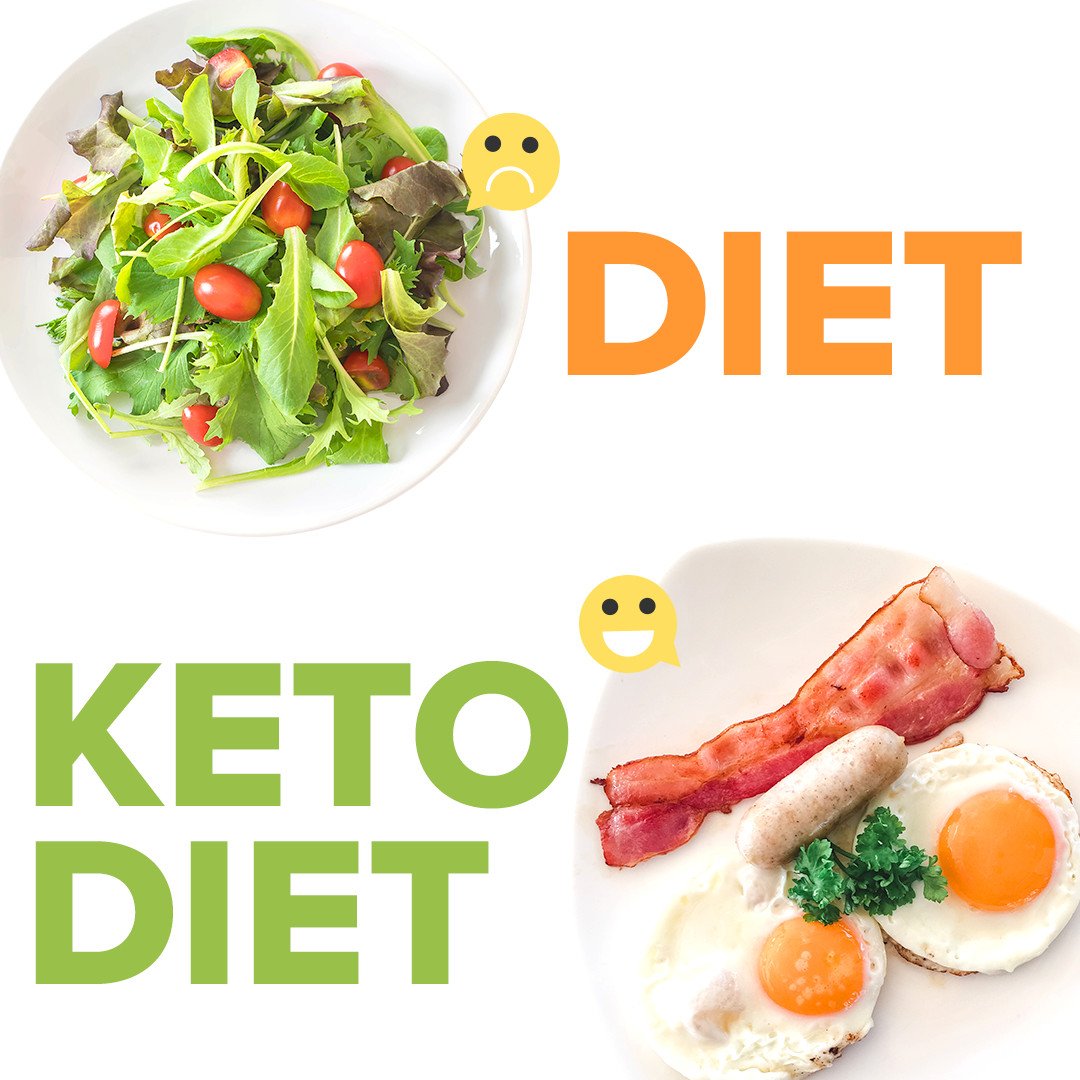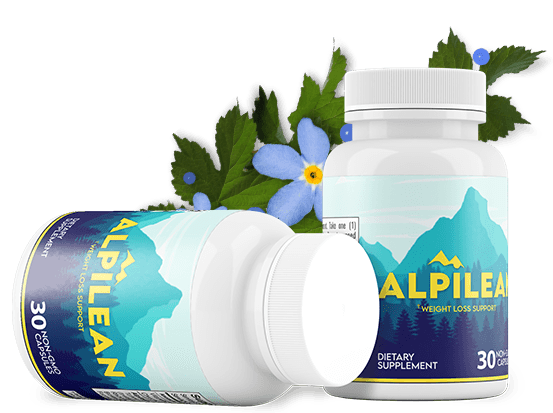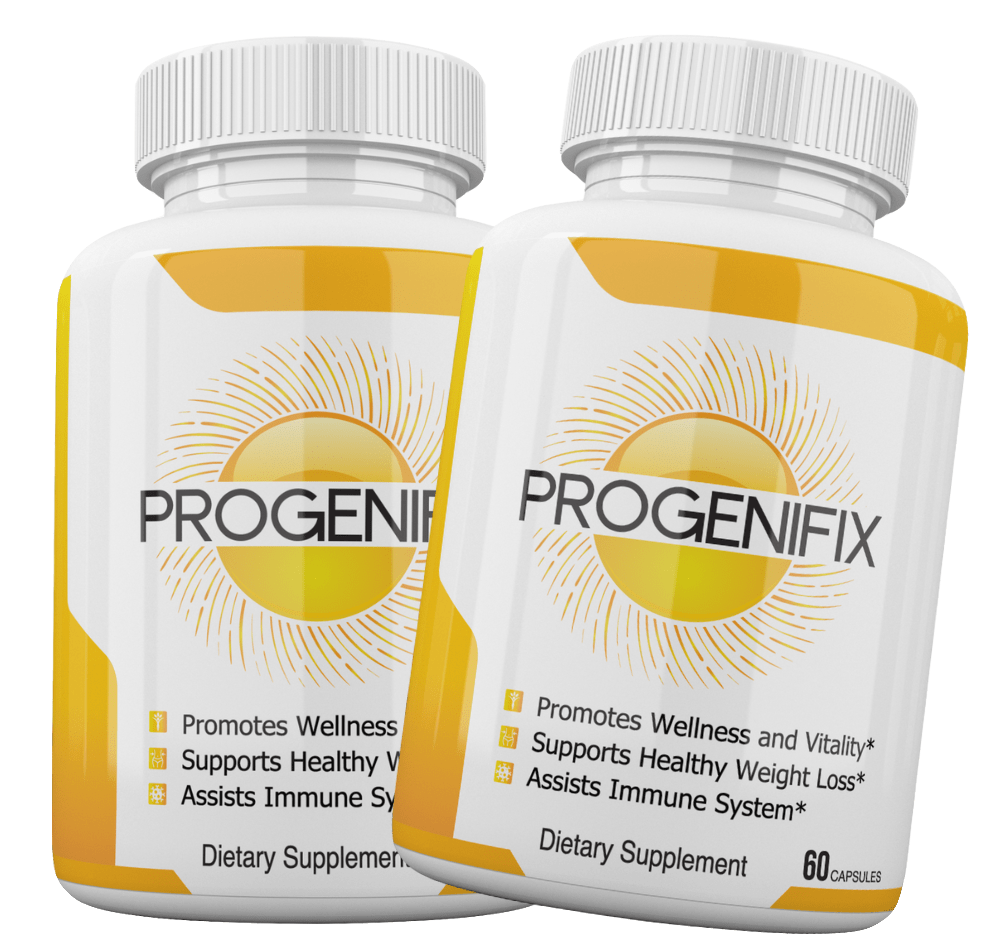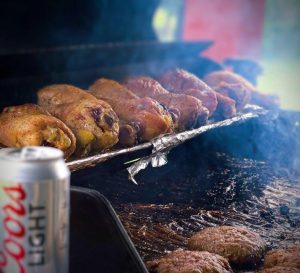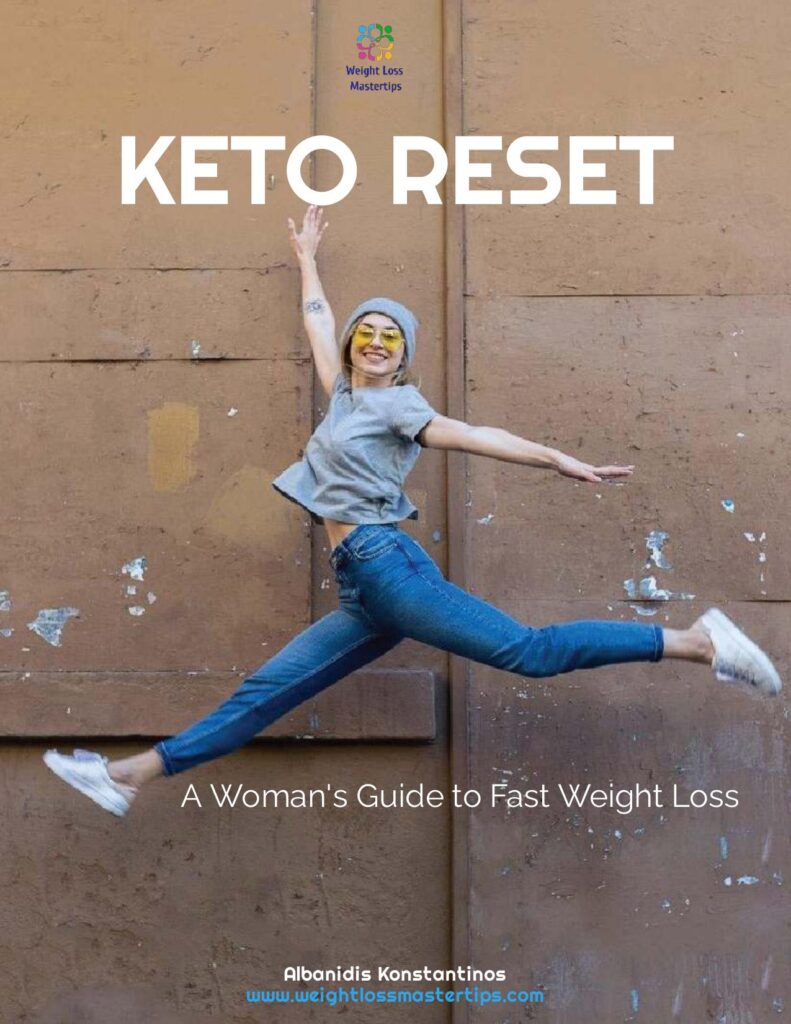There are certain foods that the body needs to have, without them you are going to end up with major health problems down the road. Jason Vale from ‘The Juice Master’ refers to them as ‘the six essential dietary needs’ and says, “The human body has six primary dietary needs, each as important as the other. A deficiency in any one of them can cause havoc to the intricate workings of the body so all are essential for amazing health.”
Let’s have a look at one of these critical foods and how we can implement it into our diet.
Protein
Protein is a necessary component in any diet. Your muscles, skin and even brain cells are protein based. In fact, no other nutrient does as many things to keep you alive and healthy. Protein is vital for the repair and growth of your muscles, skin, bones, ligaments, tendons, hair, eyes and other tissues. In fact, without protein, you wouldn’t have the hormones and enzymes you need for digestion, your metabolism and other critical processes.
When you develop an infection, you need to eat more protein as it helps create the antibodies your immune system needs to fight the disease. When you suffer an injury, you may need more protein to help your blood clot and to make other needed repairs.
Different Proteins For Different Purposes
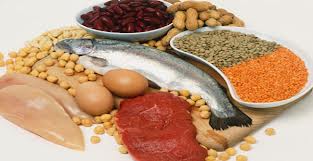 Did you know your body needs different proteins for different purposes? It makes these proteins from about 20 “building blocks” called amino acids. Nine of these are essential amino acids. This means you must get them from food. The remaining 11 are non-essential. This does not mean you don’t need them. It means your body produces them so you don’t need to get them from the foods you eat.
Did you know your body needs different proteins for different purposes? It makes these proteins from about 20 “building blocks” called amino acids. Nine of these are essential amino acids. This means you must get them from food. The remaining 11 are non-essential. This does not mean you don’t need them. It means your body produces them so you don’t need to get them from the foods you eat.
While it’s easiest to get protein from meat such as chicken, fish, turkey and dairy foods, it is not absolutely necessary.
Besides meat, you can get protein from legumes (beans, peanuts and peas), as they have the most protein. However, they are “incomplete” proteins in that they lack some essential amino acids. However, you can get complete protein if you combine these legumes with plant foods from one of these categories – grains, nuts, seeds and vegetables. Just eat any two or more of these plant foods – with or without beans – and you’ll get complete protein.
The good thing though is that most of us can get enough protein from the foods we are already eating. Contrary to what the dairy industry would have you believe all your protein does not need to come from animal milk. Here are some of the best sources of protein:
Avocados
Eggs
Broccoli
Spinach
Fish – Wild Salmon, Tuna or Sardines
Nuts – such as Almonds, Brazil and Walnuts
Sunflower Seeds
Pumpkin Seeds
Organic Chicken and Beef
Almond Milk
Almonds contain almost as much protein as red meat. They are a favourite at my house and I always have a jar of them in the kitchen. If you are avoiding dairy I highly recommend using almond milk instead. You can make it quite quickly and easily – see the recipe section in the last chapter for details.
What we need from proteins are the amino acids. As you read previously, there are 20 amino acids our bodies use to create protein. Nine of these are referred to as the essential amino acids because we must get these from our diet. They are found in plants and animals so don’t think you have to eat red meat for all your protein. Avocados and other fruits, as well as nuts, seeds and vegetables also contain these essential amino acids.


